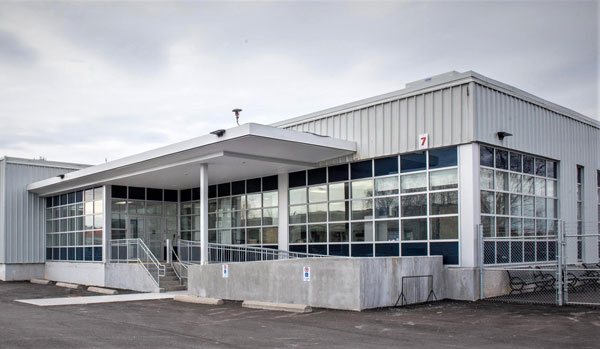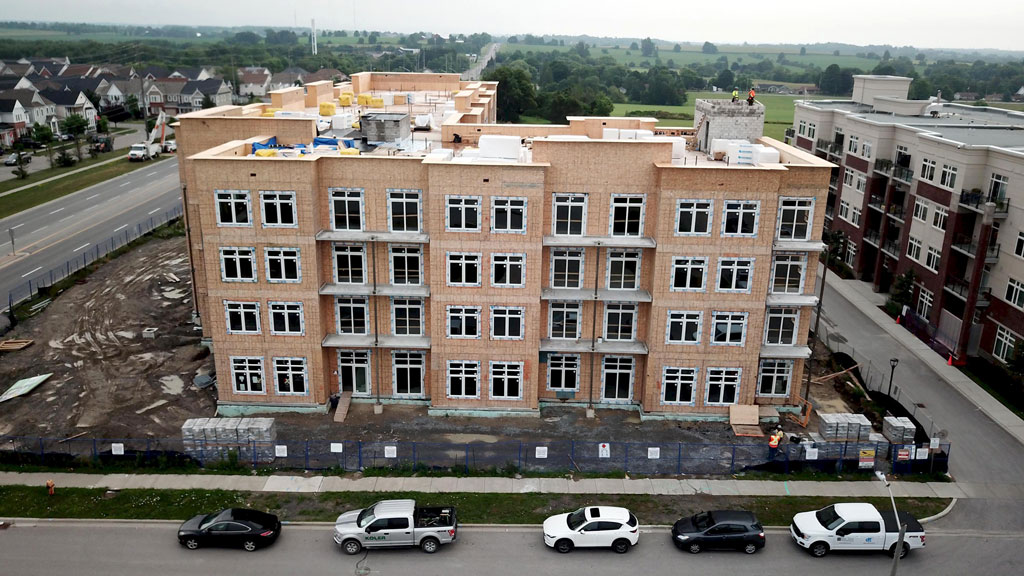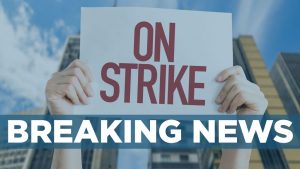It’s been over a year since the COVID-19 pandemic radically changed the way the construction industry has to carry on its business.
Even as Canada moves past the pandemic and protocols ease, COVID-spurred trends will continue to shape the sector.
Yaniv Geler, president of Koler Builders, an Ontario-based construction firm with decades of experience, and Koler’s vice-president of operations John Miolla see challenges and opportunities ahead. Here are some of the key trends they have seen emerge due to COVID and how they will influence the industry going forward.
Escalating costs
A shortage of materials in 2020 continues for everything from concrete to lumber to electrical panels, according to Geler. Pricing in 2020 was volatile, not just due to the pandemic but in reaction to former U.S. president Donald Trump’s threats of tariffs on steel and aluminum.
“There was been an extraordinary price increase in terms of materials,” says Miolla. “Before, most proposals requested prices be held for 30 to 60 days, but that’s gone by the wayside. We can’t get structural steel suppliers to hold a price even for week.”
While production slowed due to COVID, demand remained strong, leading to supply issues.
Geler predicts prices may not be as volatile as in the last three years, but won’t go down. With President Joe Biden now in the White House, it’s too early to see what effect his policies may have on Canada, but he does not believe there will be much price relief in 2021.
Miolla says fluctuating costs have put contractors in an awkward position as developers and clients want prices held long enough for them to reflect and compare, but that’s no longer possible.
“It’s a radical change in thinking and no one is going to be able to guarantee anything. It will likely be a cost-plus scenario,” says Miolla.
Building sectors faring the best
The residential marketplace remains robust and has been one of the industries least affected by the pandemic, says Miolla, but construction of towers and office building construction has suffered and the trend of people working from home is expected to continue, resulting in a high vacancy rate for large office buildings.
Miolla predicts an increase in building of warehouses, distribution centres and cold storage facilities for food.
“Everyone’s jumped on the e-commerce bandwagon and even grocery stores are delivering products. E-commerce is not going away.”
Labour crunch
The labour shortage that existed prior to the pandemic has been exacerbated by COVID. Immigration to Canada is at record low levels, creating a dearth of talent from overseas. The other issue is most young Canadians are not interested in careers in the trades.
“We’re years away from seeing robotics on jobsites,” says Geler. “There has been some experimentation with robotics for brick laying and drywall but it will be some time before we see that happen.”
Scheduling issues
Scheduling has become a key challenge.
For example, Miolla says recently a building inspector required that a five-storey building Koler was constructing be vacated for at least four hours prior to the inspection for the official to feel comfortable. Fifty workers had to be sent home at noon to comply.
“How do you program that into a schedule or if there’s an outbreak and no one wants to come back to work for weeks?”
Miolla says innovative solutions are needed, such as staggered work hours or shifts, but most construction workers are reluctant to embrace that.
“You have to educate people and adapt and see what can be done to maintain a schedule,” he says. “If you tell an owner it’s going to take twice as long to build a project, that is a huge impact on cost.”
Geler believes the pandemic may drive more prefabricated and modular construction with components that can be factory-built then assembled onsite, creating more efficiency and requiring fewer workers.

New technology
Video conferencing has replaced face-to-face meetings in the time of COVID, say Geler and Miolla, who use Zoom to meet with tradespeople and to connect with clients.
Compared to the auto industry that has become highly automated and efficient, the construction industry has lagged behind in updating its practices, but Geler and Miolla say that is slowly changing.
Koler is implementing new projects using Building Information Modeling (BIM).
BIM building design can be used with Virtual Reality to allow a team or client to take a realistic walk-though of a building and correct any issues, move walls, etc. before construction starts. But getting various disciplines co-ordinated to use the technology will be a big challenge. For one, designers, architects and mechanical contractors who typically work independently will have to agree to use a common platform to collaborate.
“You are also dealing with construction people who are used to the old-fashioned way and getting them up to speed with technology takes time, effort, cost,” Geler says. “We are not benefitting yet because we need people trained to look at images and know how to use it.”
Drones are another technology that could be useful, such as using them to fly around and through buildings to provide video and photos that could be used for building inspections, for example.
Green building
While net zero and carbon neutral are hot buzzwords, it’s still difficult to build to those standards or to LEED Gold or Platinum. Products to help builders achieve more sustainable goals are still lacking or cost prohibitive, with long paybacks on solar or geothermal systems, and no financial incentives for builders. There is not widespread expertise in Canada yet as there is in Europe to guide more developers, designers and contractors in building greener.
More buildings are being constructed with smart technologies that promotes interconnectivity and district energy systems that serve neighbourhoods rather than individual buildings are emerging, but the true smart city is still not yet a reality, they say.
Koler Builders is wholly owned by Byron Equities, a real estate investment firm.





Recent Comments